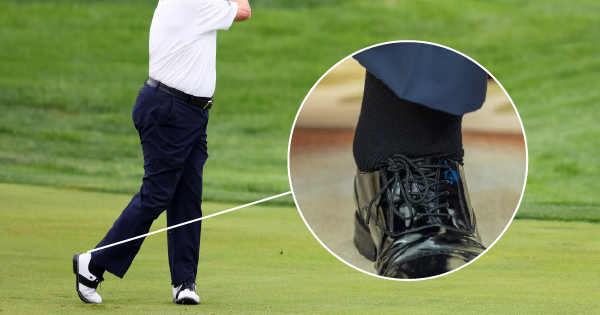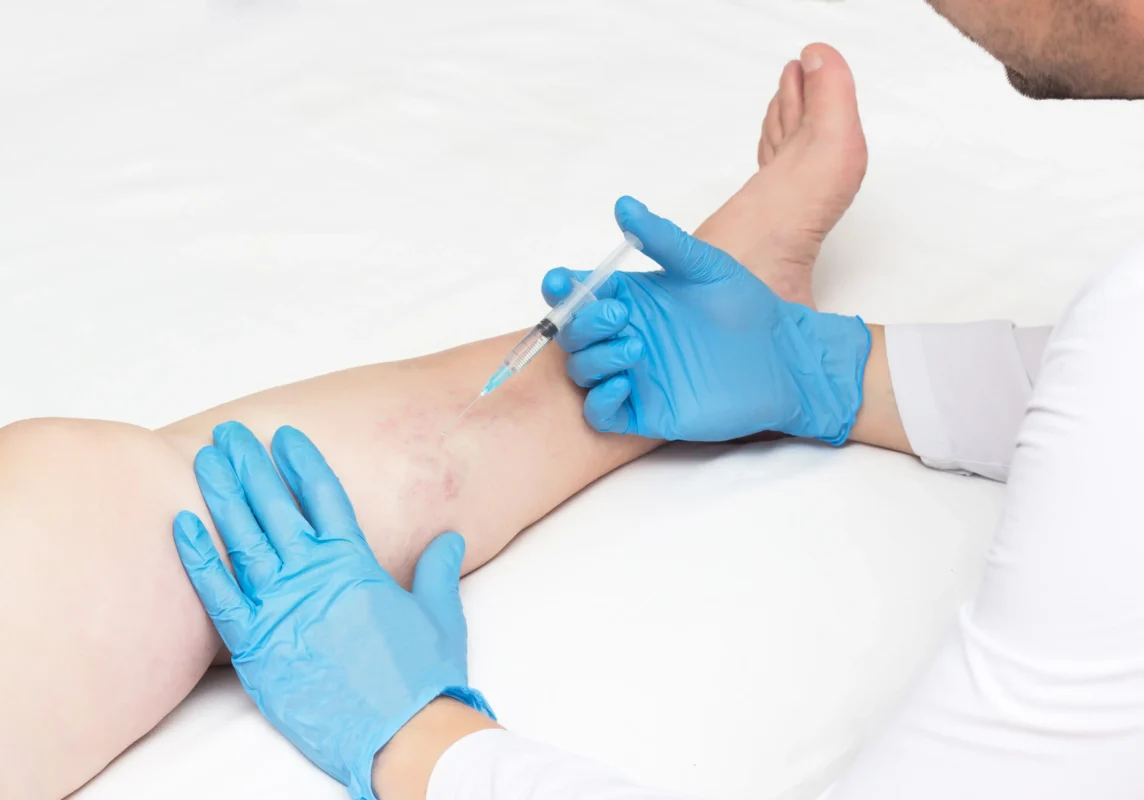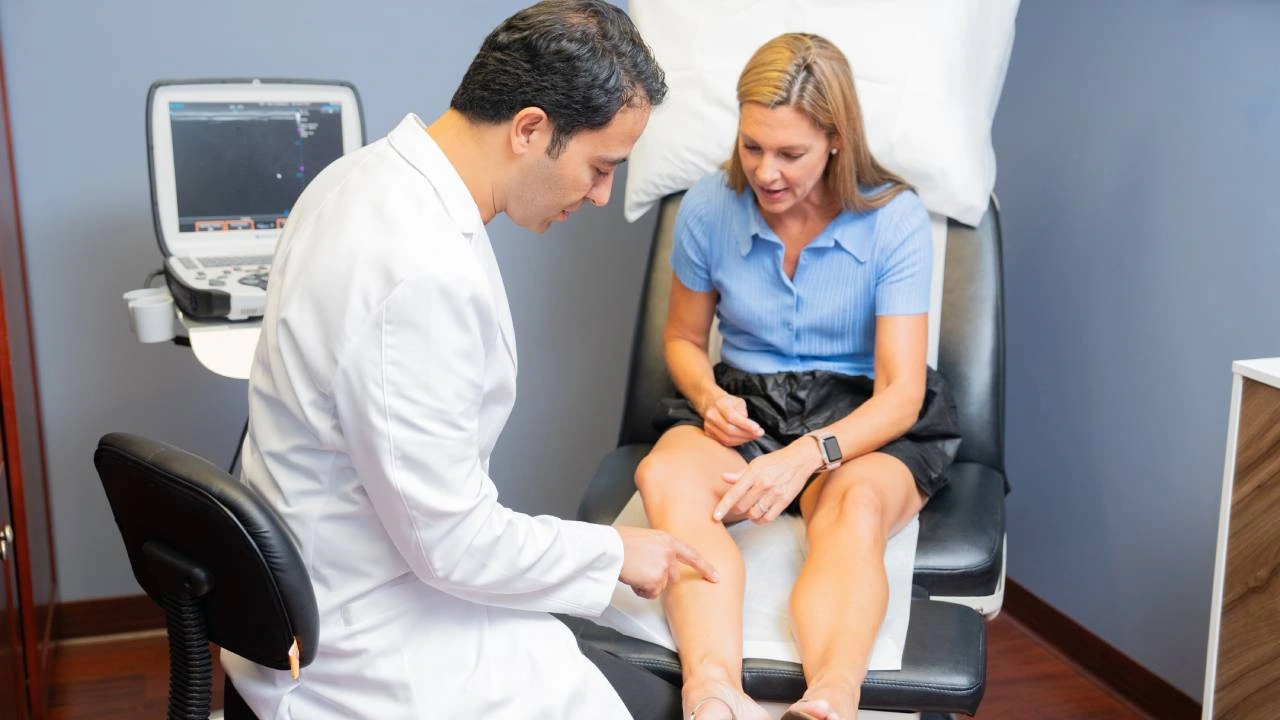Donald Trump and Chronic Venous Insufficiency (CVI): What We Know
President Donald Trump was recently diagnosed with chronic venous insufficiency, a condition that affects how blood flows through the veins in the legs. His diagnosis came after reports of leg swelling, which brought attention to a health issue that actually affects millions of Americans, many of whom don’t even realize they have it.
While some headlines have focused on dramatic questions like “Will Trump die?” or “Is Trump contagious?” the real question we should be asking is: What exactly is chronic venous insufficiency, and how is it treated?
What is chronic venous insufficiency?
Chronic venous insufficiency, or CVI, is a condition where the veins in your legs have trouble pushing blood back to your heart. In healthy veins, small valves open and close to help blood move in the right direction. But when those valves become weak or damaged, blood can begin to pool in the legs instead of moving upward.
This pooling of blood can cause several symptoms, including:
- Swelling in the legs
- Bulging or visible veins
- Cramping or heaviness
- Aching, especially after standing
- Discoloration or changes in the skin
In more advanced cases, it can lead to skin ulcers or even blood clots like deep vein thrombosis (DVT).
What causes chronic venous insufficiency?
Common causes include age, limited mobility, excess weight, and past blood clots like deep vein thrombosis. It’s more common than people think and very treatable. Chronic venous insufficiency doesn’t shorten life expectancy, but ignoring it can lead to serious complications.
That’s why early treatment matters.
How is chronic venous insufficiency treated?
Fortunately, there are several procedures available for chronic venous insufficiency. At Vein Treatment Clinic, we offer minimally invasive treatments that target the root cause of vein disorders, not just the symptoms.
Here are the top options and what they work best for:
1. Escleroterapia
Best for: Spider veins and small varicose veins
How it works: A saline-based or foam solution is injected into the vein, causing it to collapse and fade.
Benefits:
- No anesthesia needed
- Minimally invasive, minimal discomfort
- Fast recovery, most patients resume activities the same day
2. Radiofrequency Ablation (RFA)
Best for: Varicose veins and chronic venous insufficiency
How it works: A catheter delivers radiofrequency energy to heat and close diseased veins.
Benefits:
- Over 90% success rate
- Return to normal activities within 24–48 hours
- Lower complication risk than surgical vein stripping
3. VenaSeal™
Best for: Large varicose veins and venous reflux
How it works: A medical adhesive is injected to seal the vein shut without heat or tumescent anesthesia.
Benefits:
- No compression stockings needed after treatment
- Immediate return to normal activities
- Less discomfort, no heat or multiple injections
4. Laser Ablation (EVLA)
Best for: Larger varicose veins
How it works: A fiber-optic laser delivers precise heat to close off damaged veins.
Benefits:
- High precision with long-term success
- Local anesthesia, quick recovery
- Most patients walk immediately after the procedure
5. ClariVein®
Best for: Patients seeking a non-thermal alternative
How it works: A rotating catheter delivers a sclerosing agent to close the vein, no heat required.
- Benefits:
No risk of heat-related nerve damage
Fewer needle sticks than traditional sclerotherapy
Quick, comfortable, same-day recovery
6. Varithena®
Best for: Medium to large varicose veins needing a foam-based solution
How it works: A foam sclerosant is injected into the vein to collapse and shrink it.
Benefits:
Great for veins that don’t respond to standard sclerotherapy
Takes less than 30 minutes
No downtime, mild swelling is the most common side effect
7. Compression Therapy
Best for: Supporting circulation before or after treatment
How it works: Medical-grade compression stockings apply gentle pressure to aid blood flow.
Benefits:
Can ease symptoms short term
Often used alongside other treatments
Not a permanent fix, but helpful for symptom management
Why Trump’s diagnosis matters?
Trump’s diagnosis with chronic venous insufficiency, reportedly after experiencing leg swelling, shows just how common and treatable this condition is. With the right diagnosis and care, most people feel relief quickly and avoid complications like deep vein thrombosis or ulcers.
IIf you’ve been experiencing swelling, visible veins, cramping, or leg fatigue, your body may be trying to tell you something. A quick vein scan can give you answers.









